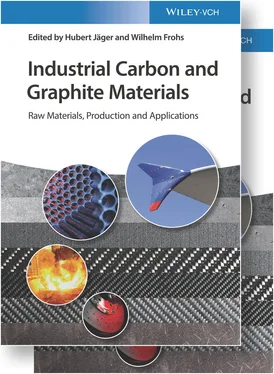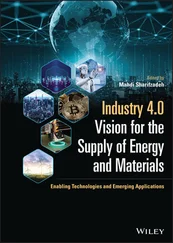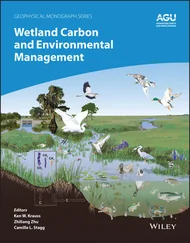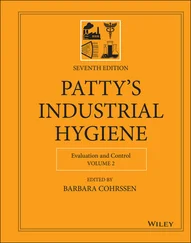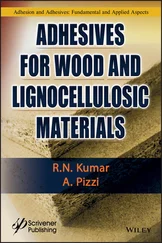Needle coke qualities are used as part components for cathode blocks, sidewall blocks, and ramming pastes for the production of aluminum. A further application of this quality coke is in steel carburization.
A series of special industrial uses of carbon material, which are negligible in terms of quantity, utilize the thermal and chemical resistance, the thermal and electrical conductivity, and graphitization of petroleum coke. The amount required for this purpose is normally covered by carbon dust separated during the production of carbon anodes and electrodes.
The quality of coke is chiefly influenced by the feed material used in the delayed coking units. Of second and third importance are the coking and the calcining conditions. Structure, density, and VCM contents can vary significantly as well as sulfur, metal, and ash content.
Over the last years an international standardization of testing methods for carbon materials has been developed. ISO, EN, DIN, or ASTM specifications or drafts exist for nearly all parameters. We are closer to standardization even in the case of coefficient of thermal expansion (CTE) measurement, which for a long time has relied on test methods of electrode manufacturers. The situation that national standards (ASTM, DIN) are incorporated in the international ISO specifications makes itself positively noticeable.
Compared with coal, petroleum coke has:
Higher energy content
Lower ash residue
Lower VCM content
The quality of normal green coke mainly used as fuel is defined by the sulfur and metals content. Additional parameters are the water content (for the quantity calculation) and the ash and VCM content. In the case of green coke used for higher grade products, the level of metals and the grain size distribution are additional quality criteria.
6.1.2.5.2 Regular Calcinate
The quality of calcined petroleum coke produced in Europe is superior to that produced in other continents. Due to regulatory requirements and improvements in efficiency, regular calcinate in Europe has undergone a quality upgrade toward needle coke: the sulfur contents, reactivity results, and CTE figure are lower, and the vibrated bulk density is higher. Some non‐European manufacturers are already producing similar qualities. Typical European quality characteristics are listed below. The figures in brackets refer to quality requirements outside Europe [38–41].
| Sulfur content (wt%) |
Maximum 1.7 (3) |
| Ni/V content (ppm) |
Maximum 120–150 (200) |
| Na/Ca/Si content (ppm) |
Maximum 100 |
| Vibrated bulk density (1–2 mm) (g/cm 3) |
0.80–0.85 (0.75–0.80) |
| Air reactivity (1–1.4 mm) (wt%/min) |
Maximum 0.15 |
| CO 2reactivity (1–1.4 mm) (wt%) |
Maximum 12 |
| CTE factor (carbon anodes) (10 −6/°C) |
3.5–4.5 (5.5) |
| Hydrogen content (wt%) |
0.05–0.09 |
| Real density (g/cm 3) |
2.06–2.10 |
| Ash content (wt%) |
0.05–0.20 |
| Crystallite size L c(nm) |
2.5–3.2 |
| Specific electric resistivity (μΩ m) |
460–520 |
| Grain stability (wt%) |
Minimum 70 |
| Dust forming factor (wt%) |
Maximum 0.02 |
| Water/oil content (wt%) (from antidust additive) |
Maximum 0.3 |
Except for the SO 2emissions, the sulfur content has only marginal side effects on aluminum electrolysis.
The goal in aluminum electrolysis is to have minimum consumption of anodes with a good electricity yield. Good production results are 95% electricity yield with an anode consumption of <410 kg per ton aluminum. These figures can be reached if the anodes meet the specifications for:
1 1. High carboxy (CO2) reactivity residue.
2 2. High air reactivity residue.
3 3. Low specific electric resistivity.
4 4. Low thermal conductivity.
With the capacity increase of aluminum smelters, larger anodes have come into use. Cracking of the anodes due to thermal shock has been observed occasionally in these cases. Good thermal shock resistance of the anodes is therefore desirable. Improvements in thermal shock behavior will occur if CTE, the Youngs modulus, and the flexural strength are decreased and the thermal conductivity is increased.
In the production of steel by the EAF process, the demand for graphitic electrodes is expected to be about 1.5 × 10 6t/a in 2014. Charging stock for the electrodes is needle coke (about 85%) and pitch binder for backing and impregnation. About 35% of the total amount of steel produced (1400 × 10 6t/a in 2014) is through EAF.
Needle coke is the highest grade product of calcinated petroleum coke. Only few companies in the world manufacture needle coke using proprietary technology. These companies are in the range of capacities and qualities: ConocoPhillips (plants in Lake Charles and Killingholme‐Immingham), Seadrift/GTI (plant in Port Lavaca), Jx Holdings, C‐Chem, Mitsubishi, Petrocoke Japan, and Indian Oil.
The production of needle coke requires specific feedstocks, coking, and calcination conditions. The hardware employed is similar to that of conventional delayed cokers.
The feeds for needle coke production are decant oil and coal tar [42–44].
Because of the massive thermal and mechanical stresses in the arc furnaces, the highest demands are placed on the electrode properties. Moreover, subsequent modified graphitization due to the baking of the electrodes results in additional stricter quality requirements.
The price of needle coke is about four times in comparison to anode coke grade, which fluctuates between 600 and 900 $/t in 2012.
The graphite electrodes consumption worldwide is about 50% for Asia, 30% for Europe, and 20% for America [36].
One reason for improved needle coke quality is the development to use graphite electrodes with higher diameter = 60–80 mm. This requires a higher amount of coke grains greater than a ½ in. – target is >20% [34].
Modern lengthwise graphitization is considerably more economic and only needs a third of the time required by conventional Acheson graphitization, but the more drastic reaction conditions demand superior qualities from the needle coke. For this reason needle coke specifications have greatly improved over the last 15 years. Room for further improvement seems only marginal.
For needle coke the chemical properties (low contents of S, Ni, V, Na, Ca, Si) and the following physical characteristics must be optimal:
1 1. High real density and high vibrated bulk density.
2 2. High grain stability and high proportion of coarse grain.
3 3. Low CTE.
In addition the microcrystalline structure is important because all physical parameters depend on it. A high level of anisotropy, regular micropores between the graphite lattice planes, a high crystallite size especially after graphitization, and crystal areas, which contrary to graphite have to be offset against each other, are indispensable. In order to obtain these needle coke qualities, three manufacturing areas have to be optimized:
1 1. Feed selection for delayed coking (low sulfur and low metal residues with high contents of 3‐, 4‐, and 5‐ring aromatics and low asphalt content).
2 2. Delayed coking conditions (longer cycle, higher coke drum pressure, higher recycle ratio, and optimum furnace coil out temperature (COT) ramp; but a too high COT ramp is negative!).
3 3. Calcination conditions (heating rate and final calcination temperature).
Читать дальше
